White Peppercorn
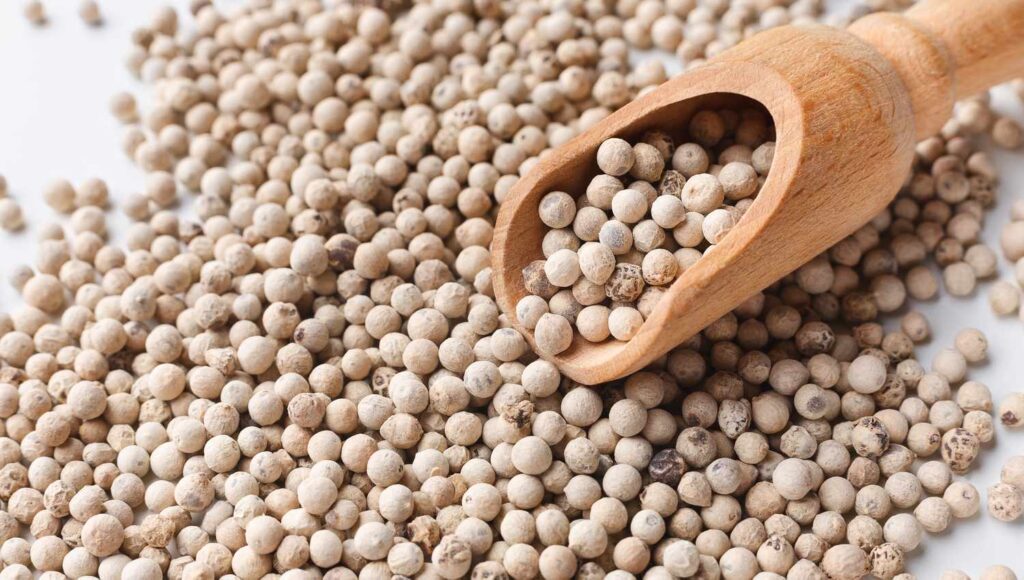
White Peppercorns are derived from the same plant as black pepper, Piper nigrum, but are processed differently. They are fully ripened berries that have had their outer black husk removed, leaving the smooth, light-colored seed inside. White Peppercorns are known for their milder, more subtle flavor compared to black pepper, with a slightly fermented taste that makes them a unique spice in culinary applications.
1. Size:
- White Peppercorns are small, round berries, typically measuring about 0.2 inches (5 mm) in diameter.
2. Color:
- These peppercorns are light beige to pale yellow, which distinguishes them from their black and green counterparts.
3. Texture:
- White Peppercorns have a smooth, hard texture. When ground, they produce a fine, off-white powder.
4. Fragrance:
- The aroma of White Peppercorns is sharp and earthy, with a slightly fermented undertone that sets it apart from black pepper.
5. Uses:
White Peppercorns are a popular spice in various cuisines, particularly in Asian, European, and French cooking. They are often used in light-colored sauces, soups, and dishes where black pepper would be visually distracting. The spice adds a gentle heat and complexity to foods without overpowering other flavors.
White Peppercorns are frequently used as a seasoning for poultry, seafood, and vegetable dishes. They are also a key ingredient in spice blends like Chinese five-spice powder.
White Peppercorns are commonly used in pickling recipes, where their milder flavor complements other spices and ingredients.
6. Habitat:
- Piper nigrum, the plant that produces White Peppercorns, is a tropical vine that thrives in hot, humid climates. It is primarily cultivated in regions such as India, Indonesia, Malaysia, and Vietnam. The plant prefers rich, well-drained soil and partial shade, often growing in the understory of tropical forests.
7. Cultural and Spiritual Significance:
White Peppercorns have been traded for centuries and were highly prized in medieval Europe. Their more subtle flavor made them a valuable spice in cuisines that favored delicate flavors.
White Peppercorns are particularly valued in French cuisine, where they are used to season delicate dishes like béchamel sauce and creamy soups. Their use in light-colored dishes preserves the visual appeal while adding a subtle depth of flavor.
Spiritual Properties
Protection: In some cultures, White Peppercorns are believed to have protective properties, warding off negative energies when used in rituals or carried as a talisman.
Purification: White Peppercorns are also associated with purification, helping to cleanse the mind and spirit of negativity. They are sometimes used in spiritual cleansing rituals to clear a space or person of unwanted influences.
Medicinal Properties
Digestive Aid: White Peppercorns are known to stimulate digestion and can be used to treat indigestion, bloating, and flatulence. They are often included in herbal remedies for their carminative properties, which help expel gas from the digestive tract.
Anti-inflammatory: The compounds in White Peppercorns possess anti-inflammatory properties that may help reduce inflammation in the body. This makes them a beneficial addition to the diet for individuals with inflammatory conditions.
Antioxidant: Like black pepper, White Peppercorns contain antioxidants that help protect the body against oxidative stress and free radical damage, supporting overall health.
Allergic Reactions
White Peppercorn (Piper nigrum) is generally considered safe for consumption in culinary amounts. However, excessive consumption may cause gastrointestinal discomfort in some individuals, and it should be used with caution by those with existing digestive issues.
Respiratory Irritation: Inhalation of ground White Peppercorn powder may cause respiratory irritation, leading to coughing, sneezing, or shortness of breath, especially in individuals with asthma or other respiratory conditions.
Contact Dermatitis: Handling White Peppercorns in large quantities may cause skin irritation or allergic reactions in some individuals. It is advisable to wear gloves if you have sensitive skin or a known allergy to pepper.
Gastrointestinal Discomfort: Consuming large amounts of White Peppercorns may lead to gastrointestinal discomfort, including stomach pain, nausea, or diarrhea. It is recommended to use the spice in moderation.
Burning Sensation: Some people may experience a burning sensation in the mouth or throat when consuming White Peppercorns, especially if eaten in large quantities or in raw form.
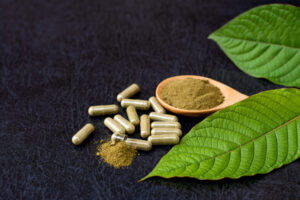
Kratom
Kratom Kratom is an evergreen tree belonging to the coffee family, Rubiaceae. It grows to a height of 12 to 30 meters (40 to 100
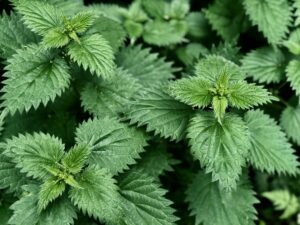
Nettle Leaf
Nettle Leaf Nettle Leaf is a versatile herb known for its numerous health benefits and uses in traditional medicine. It is often used for its

Lemon Balm & Honey Healing Cookies
Lemon Balm and Honey Healing Cookies These light and flavorful cookies offer a perfect way to relax and soothe the spirit while enjoying a delicious
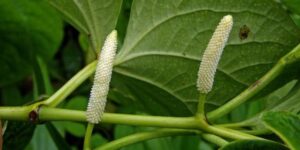
Kava
Kava Kava (Piper methysticum) is a tropical evergreen shrub native to the South Pacific islands. The roots of the Kava plant are traditionally used to
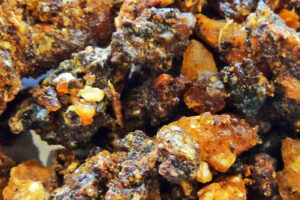
Opopanax Resin (Sweet Myrrh)
Opopanax Resin (Sweet Myrrh) Opopanax Resin (Sweet Myrrh) is an aromatic resin with a sweet, balsamic fragrance. It is derived from the Commiphora species, primarily
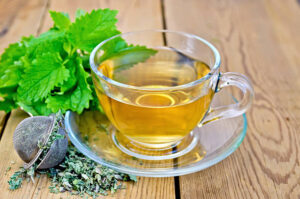
Lemon Balm & Sage Healing Tea
Lemon Balm & Sage Healing Tea An ancient blend that supports emotional healing and provides mental clarity during times of uncertainty and confusion. Ingredients: Lemon